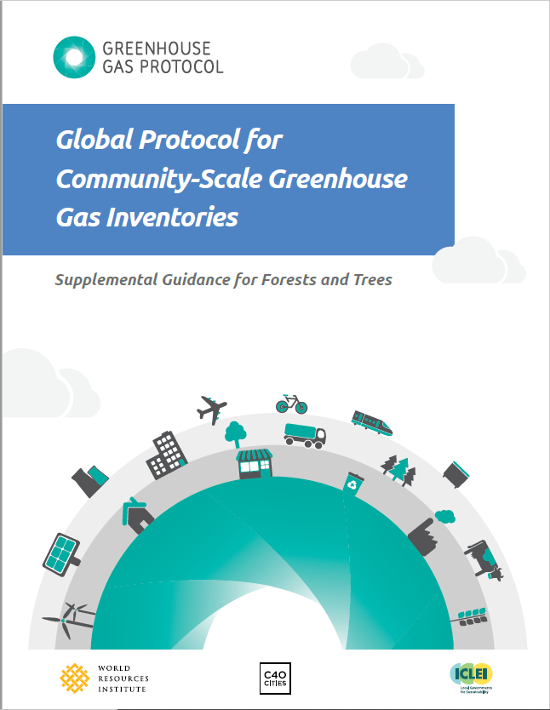Seeking Participation in the Beta Test of a New GHGP Cross-Sector Corporate Calculation Tool
New excel-based tool from Greenhouse Gas Protocol and WRI that helps companies estimate their greenhouse gas (GHG) emissions based on the GHG Protocol.
Public Consultations Extended Until Jan 31, 2026: Scope 2 and Electricity Sector Consequential Accounting LEARN MORE
New excel-based tool from Greenhouse Gas Protocol and WRI that helps companies estimate their greenhouse gas (GHG) emissions based on the GHG Protocol.
Because the value of fossil fuel companies is based on the size of their reserves, it may seem counter-intuitive to see some of these assets as potential risks. But changes in market or economic conditions can make some reserves too expensive to tap, leaving them stranded – and their owners more vulnerable than the size of their reserves would indicate.
For many businesses, value chain (scope 3) emissions account for more than 70 percent of their carbon footprint. Measuring and managing these emissions can motivate a company to do business with greener suppliers, improve the energy efficiency of its products, and rethink its distribution network -- measures that significantly reduce the overall impact on the climate.
On January 20, the GHG Protocol released the Scope 2 Guidance: an amendment to the Corporate Standard. It is the first major revision to the Corporate Standard in over 11 years. To help companies start implementing the Guidance, here are a few answers to the top ten questions you might have and where to find more information in the Guidance document.

Communities such as cities and counties are increasingly interested in understanding how nature-based solutions can help them reach their climate change mitigation and adaptation goals. However, many communities do not know what role their existing forests and trees already play in influencing greenhouse gas (GHG) emissions because they don’t include them in their inventories.
This supplemental guidance to the Global Protocol for Community-Scale Greenhouse Gas Inventories (GPC) provides detailed methods that communities can follow to estimate both GHG emissions from land-use change and other forest disturbances and carbon dioxide removals by forests and trees growing within their borders. It provides guidance on how to select appropriate data sources, perform calculations, ensure standardized reporting, and use the inventory information to set transparent climate action targets.